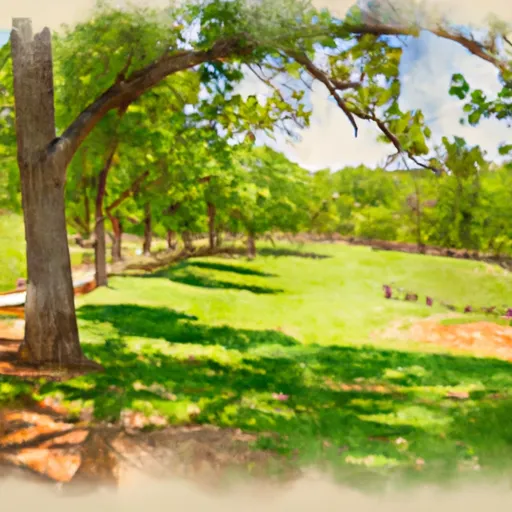°F
°F
mph
Windspeed
%
Humidity











Honey Grove, Texas is a small city located in Fannin County, in the northeastern part of the state. The climate in Honey Grove is characterized as humid subtropical, with hot and humid summers and mild winters. Average high temperatures in the summer months range from 90°F to 95°F, while in the winter, average high temperatures range from 50°F to 60°F.
The city is blessed with several bodies of water, including the nearby Bois d'Arc Lake and the Honey Grove Creek. These water sources provide a variety of hydrological constituents, supporting diverse wildlife and vegetation in the area. Fishing enthusiasts can enjoy casting their lines for various species such as bass, catfish, and crappie.
For outdoor recreation opportunities, Honey Grove offers several options. The city has parks and trails, including the Honey Grove Nature Trail, which provides a scenic walking path through natural habitats. Additionally, there are camping facilities available near the Bois d'Arc Lake, allowing visitors to immerse themselves in nature and enjoy activities like hiking, birdwatching, and picnicking. Overall, Honey Grove, Texas provides a tranquil and natural environment for outdoor enthusiasts to explore and enjoy.
Weather Forecast
Honey-Grove receives approximately 1147mm of rain per year, with humidity levels near 75% and air temperatures averaging around 18°C. Honey-Grove has a plant hardyness factor of 8, meaning plants and agriculture in this region tend to thrive here all year round.
Regional Streamflow Levels
3
Cubic Feet Per Second
69
Cubic Feet Per Second
5
Cubic Feet Per Second
1,910
Cubic Feet Per Second
Nearby Camping
| Camping Area | Reservations | Toilets | Showers |
|---|---|---|---|
| Lake McAlester | |||
| Murphys Meadow Military - McAlester | |||
| Lake Tawakoni State Park | |||
| Fairfield Lake State Park | |||
| McGee Creek State Park | |||
| Purtis Creek State Park |



